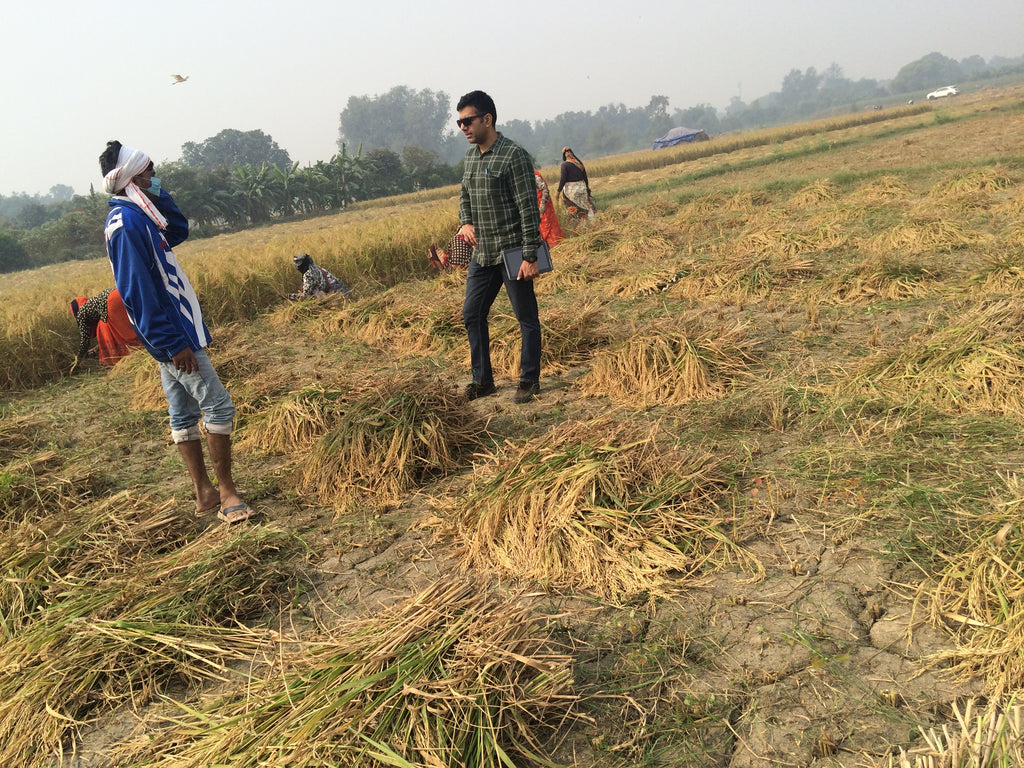Natural farming
Natural farming is native to India. Most farm inputs used are managed from the farm system or from nearby local ecosystems like bio-fertilizers, vermin-compost. The farmers of ancient India were known to have evolved nature-friendly farming systems and practices such as mixed farming, mixed cropping and crop rotation.
The development of sustainable agricultural practices depends largely on promoting long term fertility and productivity of soil at economically viable levels through, for example: matching the supply of soil nutrients with nutrient demands of crop, fodder and pasture plants; through optimizing return of crop residues and animal wastes to the land and through greater reliance on biologically fixed and recycled nutrients instead of fertilizer inputs; maintaining acceptable pest tolerance levels; through reliance on crop rotations and biocontrol agents and hence reducing or maintaining low pesticide use; maintaining soil physical properties conducive to plant growth and to soil ecosystem functioning (aeration, water infiltration and retention, nutrient availability, etc. through decreasing or maintaining low frequency and intensity of tillage and reducing erosion and leaching. Farming can be considered essentially, as an ecological activity in which natural ecosystems open to influences of climate, substrate and wild biota are modified to increase yields of desired food and fiber products. It has been shown that conventional agriculture results in greater ecological disturbance and may be less sustainable compared to low external input agricultural (LEIA) systems. LEIA systems have high genetic and cultural diversity, multiple uses of resources and efficient nutrient and mineral recycling.

